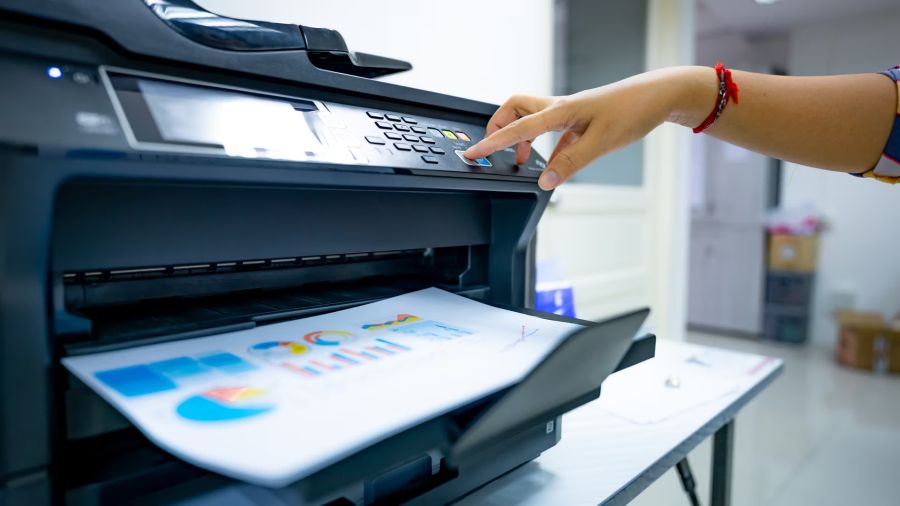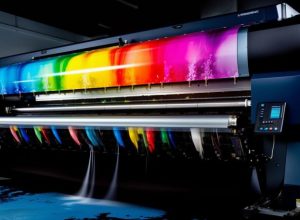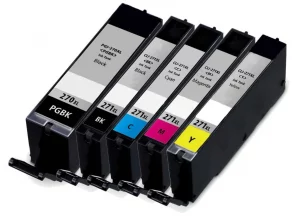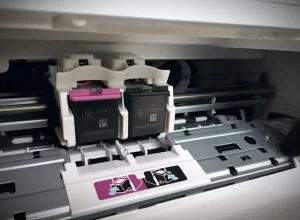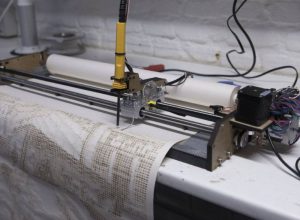Contents
The secrets of choosing between LED and laser printers – Criteria to consider
In the modern world of printing, the choice between an LED and a laser printer can seem complex, due to the various technical specifications and diverse needs of users. This article explores the critical factors to consider when making this choice, detailing the advantages and disadvantages of each type.
Understanding printing technology
Laser Imprimante
Laser printers use a laser beam to transfer an image onto a drum. Toner is then applied to the drum and transferred to the paper. This produces fast, high-quality prints, particularly for text. For example, in an office that needs to print a lot of text documents, a laser printer is often the preferred choice thanks to its speed and crisp print quality.
Imprimante LED
LED printers work on a similar principle to laser printers, but use light-emitting diodes instead of lasers. This allows them to reduce the number of moving parts, which can increase reliability and reduce maintenance costs. What’s more, LED printers tend to be more compact, an advantage for smaller offices. For example, for a company with limited space, an LED printer may be an ideal option.
Purchase and operating costs
When choosing a printer, initial cost is always an important consideration. In general, laser printers are more expensive to buy than LED printers. However, it’s essential to consider operating costs too, including the cost of toner. Laser printers may have cheaper toners per page, which can offset their higher initial cost.
Print quality
For users who require high-quality prints, such as graphics or photos, print quality is crucial. Laser printers are renowned for their excellent text quality, while LED printers offer good image quality but may be slightly inferior, depending on the model. If you mainly print professional text documents, a laser printer may be more suitable. On the other hand, if you print a lot of graphics or color, an LED printer may offer a better experience.
Print speed
Print speed is another determining factor, especially in a time-critical office environment. Laser printers tend to offer higher print speeds than LED printers, making them an ideal choice for high-volume printing. For example, a laser printer can print up to 40 pages per minute, while some LED printers can achieve similar speeds, but may be slower for the first document out.
Durability and maintenance
Printer durability and maintenance requirements are also aspects to consider. In general, LED printers, because of their design with fewer moving parts, are often more reliable and require less maintenance than laser printers. This can be a decisive factor for companies that can’t afford to shut down operations due to equipment failure.
Ecology
Finally, environmental impact is increasingly taken into account by consumers. LED printers generally consume less energy during operation than laser printers. This can be a decisive factor for companies concerned about their ecological footprint and energy consumption.
Conclusion
The choice between an LED and a laser printer largely depends on the user’s specific needs and priorities. By evaluating initial cost, running costs, print quality, speed, durability and environmental impact, you can make an informed decision tailored to your situation. Whether for personal or professional use, understanding these criteria will help you optimize your printing choices.
